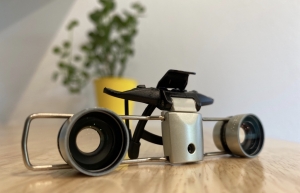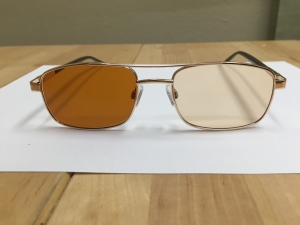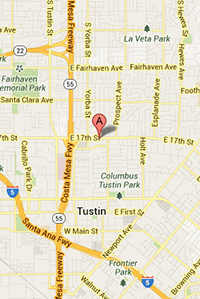LOW VISION
Low vision is a visual impairment that cannot be corrected with eyeglasses, contact lenses, medicine or surgery. Low vision can make a person unable to perform everyday activities like reading the newspaper, recognizing faces or seeing the television despite wearing corrective lenses.
CAUSES
The most common causes of low vision are related to diseases of the eyes including macular degeneration, glaucoma and diabetic retinopathy. These diseases cause anatomical changes inside the eye such as inflammation and scarring that prevent clear images from forming on the retina. Another category of low vision involves those patients who have a genetic disorder causing alterations in the retina. Examples of such disorders are albinism and retinitis pigmentosa. A third group of patients we see are those that have experienced an injury or stroke to the brain. All of these causes lead to loss of vision, contrast and the ability of the eyes to successfully work together.
CONSIDERATIONS
Every low vision patient needs to be evaluated for functional changes involving reduced vision and contrast. These can lead to disability that affects reading, writing and mobility. Often we deal with the socioeconomic consequences and loss of independence resulting from such changes.
LOW VISION REHABILITATION
Sessions aimed at enhancing and emphasize the parts of the vision that remain viable. We address specific abilities that may be affected such as reading, writing, and mobility. Additionally issues involving socioeconomic consequences, loss of independences and other handicaps are addressed. Our goal is to make patients safe, independent, and efficient.
GOALS
Understand Your Vision
Highlight The Possibilities!
Improve attitude, motivation, determination
Visual Skills Training: practice using your vision
VISION ASSESSMENT
During a comprehensive low vision evaluation we determine the limit and capacity of remaining visual acuity. First we assess the benefit of either continuing to use a patient’s habitual eyeglass prescription or of prescribing new lenses. Additional recommendations regarding prescription lenses may involve changing the type of lenses or adding filters or treatments to prescription lenses. We explore additional vision aids including magnifiers and telescopes.



